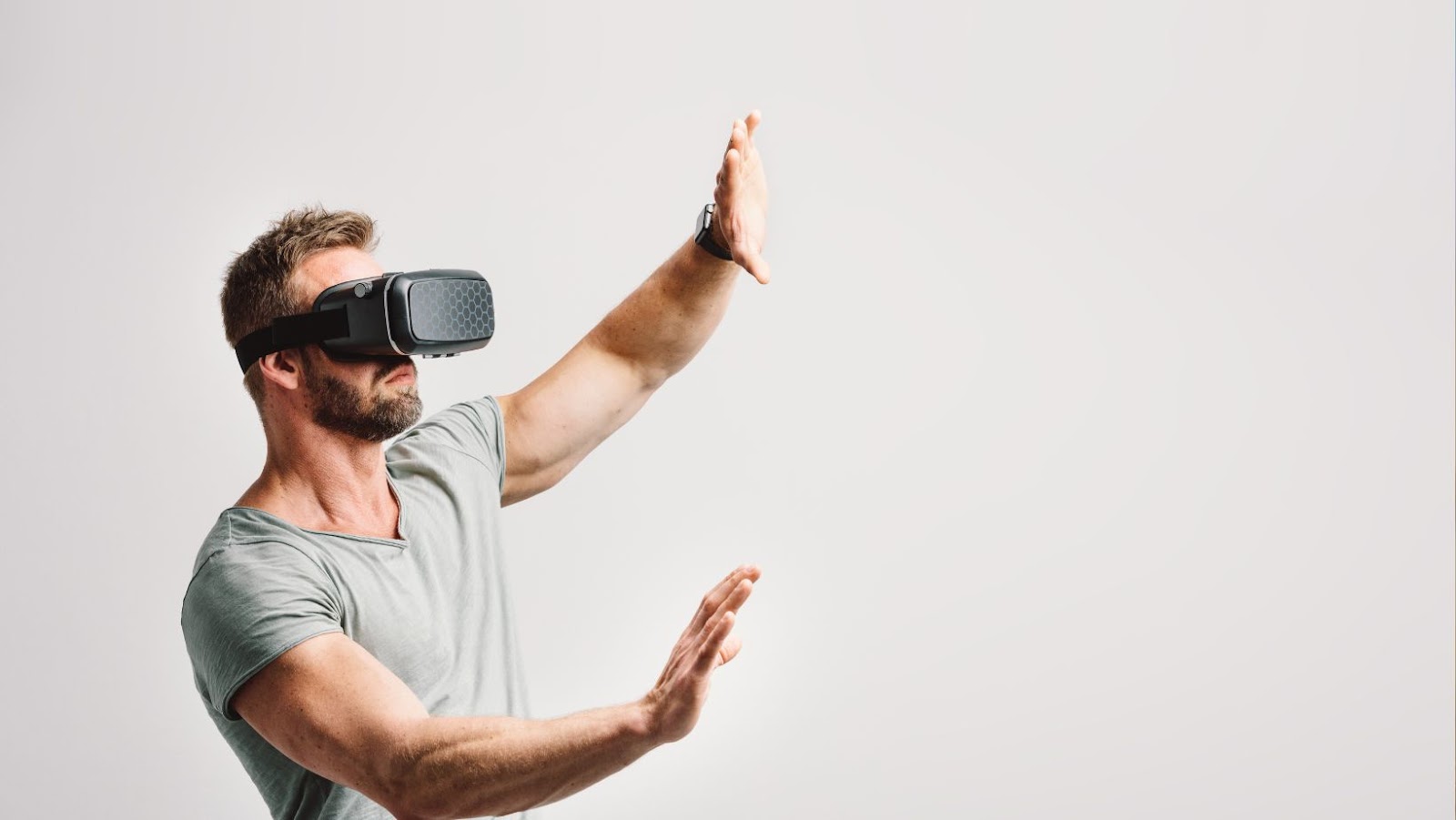 VR Headset 3D Print
VR Headset 3D Print
Virtual Reality (VR) headsets, such as the Oculus Rift or HTC Vive, transport individuals to a stimulating virtual world. They achieve this via a high-definition display, motion tracking, and interactive controls. Meanwhile, 3DPrinting is a creative process that brings digital designs to life, often utilizing filament materials like Polylactic Acid (PLA) or Acrylonitrile Butadiene Styrene (ABS).
Bridging these two technologies, VR headset 3D printing involves crafting parts or entire units of VR headsets using 3D printers. This practice leverages 3D modeling software to design custom headset components, which, post printing, you combine to form a fully functional VR headset.
3D printingVR headsets offer a host of benefits. Customizability ranks prime among these perks. With 3D printing, you can tweak designs to individual specifications, ensuring comfort and optimal use.
Cost savings notably follow customizability. For individuals with access to a 3D printer, printing VR headset materials can prove far less costly than buying a high-end unit off the shelf.
Furthermore, aside from the joy and rewards of successfully completing a DIY project, 3D printing your VR headset allows you to extend its lifecycle. Since individual parts are replaceable, when one component fails, you don’t have to replace the entire headset – you simply print a new part.
Merging VR and 3D Printing, therefore, not only allows individuals to engage with cutting-edge technology but also enhances their experiences through unparalleled customization and cost-saving benefits. As these technologies continue to thrive, the concept of 3D printable VR gear proves less of a novelty and more of an increasingly feasible venture.
 Selecting a 3D Printer for VR Headset Production
Selecting a 3D Printer for VR Headset Production
A potential 3D printer to construct VR headset components possesses certain traits. Precision in printing plays a crucial role; higher precision correlates to a better fitting and functioning VR headset. Materials used, often Polylactic Acid (PLA) or Acrylonitrile Butadiene Styrene (ABS), determine durability and flexibility. Importantly, the 3D printer’s build volume, the size limit for projects, must accommodate the VR headset elements.
Finally, it’s integral that your chosen machine has stable and user-friendly software to streamline the creation process. Many 3D printers interface with programs such as Cura, Tinkercad, or Fusion 360. Hence, operators may want to gain familiarity with such platforms beforehand.
Several 3D printers earn high marks in the VR headset production circle. Frequently mentioned first, Creality CR-10 earns points for its large build volume and affordability. Then comes Prusa i3 MK3, known for excellent precision capabilities, followed by Ultimaker 3, praised for its advanced features and dual-extruder functionality.
Making a VR headset via 3D printing presents an exciting challenge for tech enthusiasts. It is crucial to consider various factors and invest in a printer that optimizes precision and material compatibility to ensure a best possible outcome. Given the diverse range of options, finding a suitable printer comes down to individual project needs and budget constraints.
 An Insight Into VR Headset 3D Printing Process
An Insight Into VR Headset 3D Printing Process
VR headset 3D printing incorporates layers of material, often in intricate configurations, to construct immersive virtual reality equipment. Here’s a closer examination of the printing process, from pre-stage preparation to post-printing considerations.
Before delving into 3D printing VR headsets, comprehensive preliminaries must occur. These involve a series of meticulous verifications to generate accurate, high-quality prints. Firstly, an operator performs the 3D modeling of the VR headset’s design using software such as SketchUp, AutoCAD, or Blender.
To ensure a flawless print, digital model checks for accuracy and calibration of the respective 3D printer are vital. Also included are operations such as bed leveling, analysis of the heating temperatures, and retraction settings analysis. These steps work in symphony, eliminating print errors due to model inaccuracies, and ensuring seamless production timelines.
Following successful pre-printing preparations, the printing phase begins. It encompasses various elements, notably the selection of suitable materials and the execution of specific printing methods.
Materials like ABS and PLA—the most commonly used thermoplastics in 3D printing—are popular choices for their balance of flexibility, strength, and heat resistance. The printing techniques deployed will often hinge on the material used. Fused Filament Fabrication (FFF), with its versatility of compatible materials, features prominently in the creation of VR headsets.
Concluding the VR headset 3D printing process exists the post-printing facet. It’s a phase presenting a new array of procedures aimed at fortifying and refining the printed VR headset. These include the part removal process from the printer’s build platform, support structure removals, and post-processing tasks such as sanding, painting or applying a protective sealant to enhance the durability and longevity of the headset.